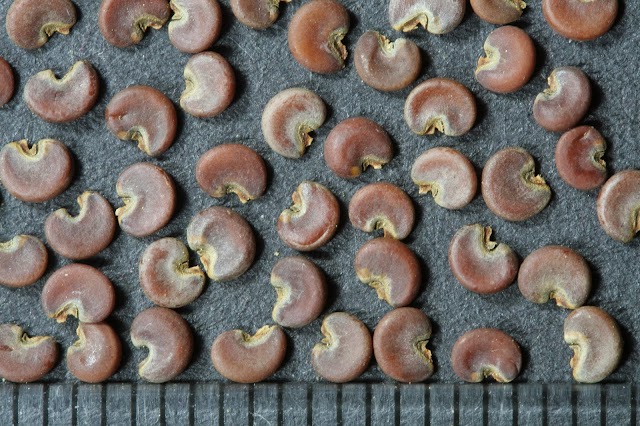Arabic Name(s): Samagh Arabi, Qarz, صمغ عربی
Urdu Name(s): Babul, Kikar, Mughilan, Baer jo Khur, ببول، کیکر، مغیلاں، بیر جو کھر
English Name(s): Acacia
Parts Used
Leaves, stem-bark, and the extract called "Aqaqiya", as well as gum.
Quality/Temperament
Bark and extract cold and dry in second-order, gum dry in second order.
Functions and Properties (Pharmacological Actions)
Gum acacia is demulcent and emollient, styptic, tonic, and astringent. a good binder for mixtures, tablets, or granules made overheat.
Specific Action
Powerful astringent and styptic, systemically as well as locally.
Medicinal Uses
Gum administered in the form of mucilage in diarrhea and dysentery, in diabetes mellitus. Powdered gum is used to arrest hemorrhages. Gum is also a useful adjunct to medicines used for pulmonary and catarrhal affections. Fried gum is a useful nutritive tonic and aphrodisiac in sexual debility.
Decoction of the bark is largely used as a gargle and mouth wash in cancerous and syphilitic affections. Also useful as local astringent douche or enema in gonorrhea, cystitis, vaginitis, leucorrhoea, piles etc. It is an effective astringent tonic in chronic diarrhea and diabetes mellitus.
Compound Preparations
Hab-e-Sil, Endemali, Hab Awaz Kusha, Hab-Ral, Sunun Paost Mughilan, Qurs Didan, Qurs Sailan, Qurs Silajit, Qurs Sailan Jadid, Hab-e-Mubarik, Laooq Sapistan.
Dosage
Bark 5 to 7 g., gum 1-3 g., extract 1 g. (gum approximately 1-1.5 g.).
Corrigent
The honey, gum and bark powder mixed together.
Tenedium
Guava-bark (Psidium guajavaLinn.).
Comments
Continuous or regular use (as a single remedy) may cause astringency and obstructions.







